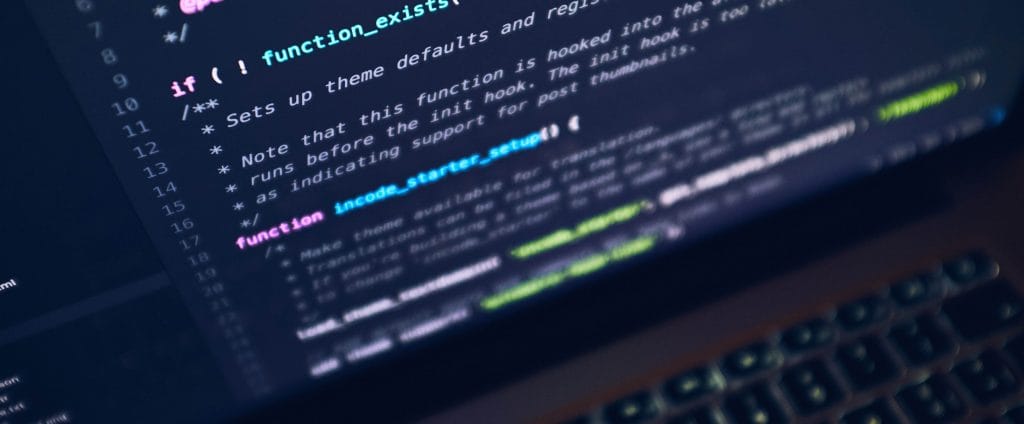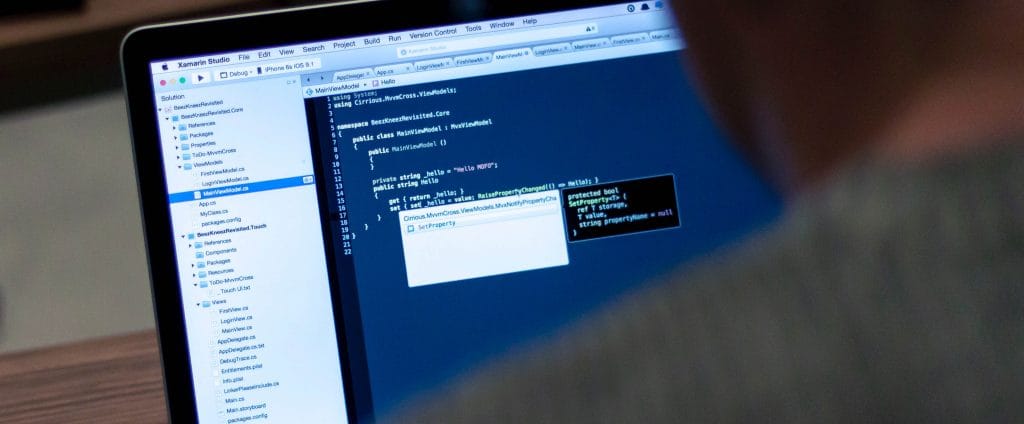IoMT creating a breakthrough in smart health – 2021
February 2, 2021
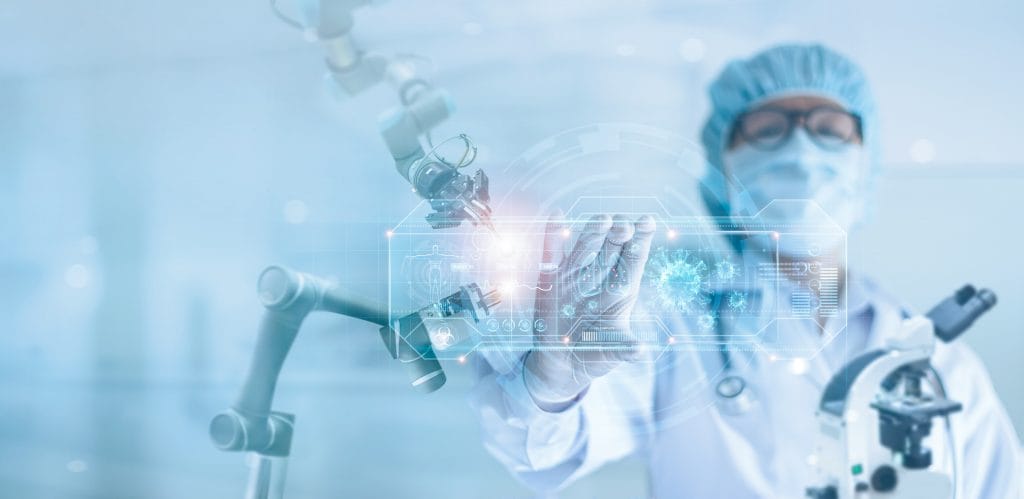
One of the most anticipated applications when the Internet of Things (IoT) comes out is improving the human health care system. IoT has enormous potential in the “healthcare industry”, commonly known as IoMT (Internet of Medical Things). Applications in this field help improve the quality of healthcare, reduce stress for health professionals, and help patients be treated at home without going to the hospital.
IoT applications – A breakthrough in smart health
The IoT (Internet of Thing) technology has significantly changed the healthcare industry by changing the way in which devices and applications connect users. and interacting with each other in health care service delivery. Integration of cloud computing and Blockchain is a future development that can bring unprecedented breakthroughs in medical services, the combination of IoT and real-time remote patient monitoring. The patient has the right to control and proactively monitor his or her health condition. The IoT technology platform will allow doctors to easily track patient health data in real time.
All of these platforms have the ability to send information in real-time using smartphones or directly to the cloud. Currently, IoT embedded patient health monitoring devices have been integrated into cloud computing. The use of cloud computing in healthcare will continue to grow, as the use of IoT-enabled smart devices is increasing. IBM, for example, announced “Watson Health” which provides cloud-based access to interpreting healthcare data.
The role of IoT in smart health
The full adoption of the IoT technology model in the healthcare field will allow medical centers to operate more efficiently and to better treat patients. By using this technology-based healthcare approach, it is possible to improve the quality and effectiveness of treatments and thereby improve the patient’s health.
Simultaneous reporting and monitoring
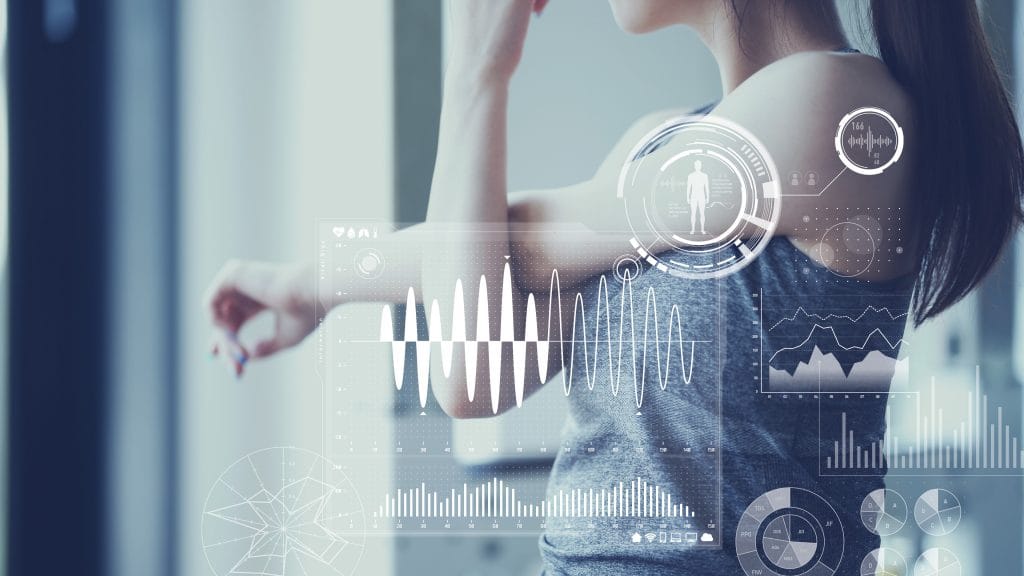
Real-time monitoring via connected devices can save lives in case of medical emergencies such as heart failure, diabetes, asthma, etc.
With real-time status tracking using a smart medical device connected to a smartphone application, medical data and other health requests can be collected and data connection possible on the smartphone to transmit collected information to the doctor.
The IoT device collects and transmits health data: blood pressure, oxygen and blood sugar, weight and electrocardiogram (ECG). These data are stored in the cloud and shared with authorized persons, be it doctors, patient’s insurers, participating medical companies or consultants, to allow them to view the data. Data is collected regardless of time, location or device.
Terminal connection and cost reduction
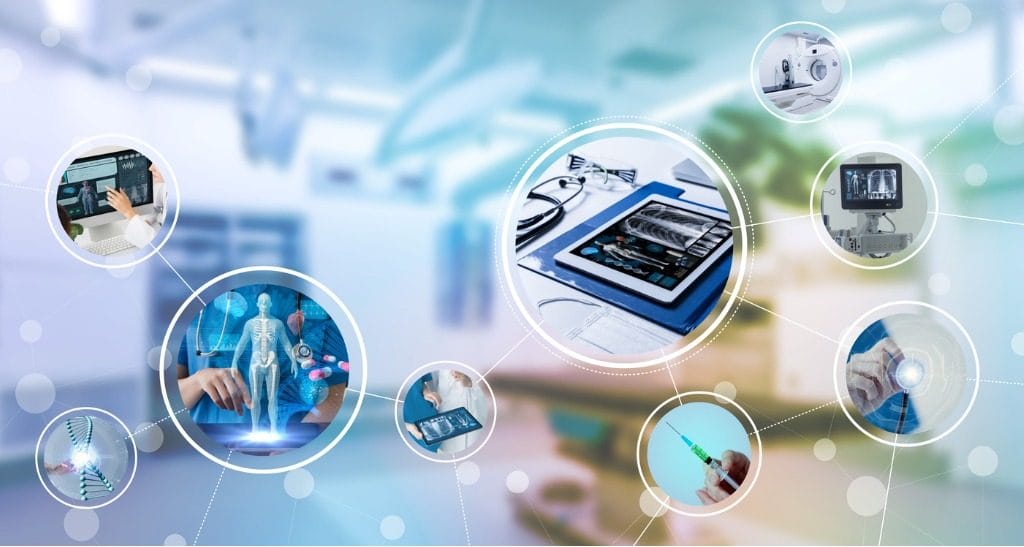
The IoT can automate patient care processes by helping deliver mobile healthcare solutions and other new technologies, as well as next-generation healthcare facilities.
The IoT enables interoperability, machine-to-machine communication, information exchange, and data movement to help provide efficient healthcare services.
Using technology therefore helps to reduce costs, by cutting unnecessary hits, using better quality resources, and improving allocation and planning.
Categorize and analyze data
Due to real-time applications, healthcare devices within a short period of time have huge amounts of data, so storage and management becomes difficult if not applications are stored in the cloud. Even for healthcare providers to get data from many different devices and sources and manual analysis is difficult.
IoT devices can collect, report and analyze data in real time, and cut down on raw data storage needs. What’s more, healthcare operations enable healthcare organizations to obtain critical healthcare analytics and data-based insights that accelerate decision-making processes and reduce errors.
Tracking and alerts
![]()
Timely alerting is critical in the field of life-threatening situations. Medical IoT devices collect critical data and transmit it to doctors for real-time monitoring, and send notifications to people in critical areas through mobile apps and other linked devices.
Reports and warnings provide a valid opinion of a patient’s condition, irrespective of location and time. It also helps to make the right decisions and provides timely treatment.
As a result, the IoT enables real-time alerts and monitoring, allowing for hands-on treatment, better accuracy, physician intervention, and improved patient care outcomes.
Medical remote assistance
With IoT technology, patients can contact a team of medical doctors remotely using the application on their smart mobile phone in case of urgent medical assistance. With the remote model of checking and monitoring patients, doctors can easily treat and advise patients to ignore geographic obstacles.
In addition, many healthcare delivery chains are expected to build machines capable of delivering drugs based on patient prescribing data and disease-related data available through the associated devices conclusion.
The IoT will improve patient care in a hospital. Therefore, pressure on human resources in the healthcare industry will be reduced.
Some challenges
Data security and confidentiality
One of the biggest threats that the IoT poses is data security and privacy. IoT devices collect and transmit data in real time, however, most IoT devices lack data protocols and standards. Additionally, there is no clear demarcation in data ownership regulations. As a result, cybercriminals have the ability to break into systems and compromise Personal Health Information (PHI) data of both patients, as well as doctors. In the underworld, medical record data is worth ten times more than other personal data; Once leaked and stolen, hackers can misuse patient data to create fake IDs to buy drugs and medical equipment, and file a fraudulent insurance claim in the patient’s name.
Integrate many devices and protocols
Integrating multiple devices is also hindering the deployment of IoT in the healthcare sector, as device manufacturers have not reached consensus on communication protocols and standards. Therefore, differences in communication protocols complicate and hinder data aggregation. In addition, to expand the range of IoT, there is a need for protocol homogeneity of connected devices to improve the synchronization, processing and operating radius of the device.
Equipment investment costs
The IoT in healthcare is an attractive and promising idea. However, it has not yet addressed the cost considerations. To successfully carry out IoT application development and to achieve full optimization, if it is not cost-effective then the IoT will always be out of reach of everyone, except for those of the class of living standards. high.
Conclusion
The convenience and efficiency of IoT technology in healthcare continues to drive the healthcare industry to invest more, bringing smart care services to everyone. IoT initiatives have already begun to take place in a number of places and have rapidly increased even though many barriers remain. So far, IoT initiatives in healthcare have mostly revolved around improving remote health monitoring systems, controlling and maintaining assets with medical devices, healthcare assets, and other Non-medical assets such as hospital construction properties. However, cases of deploying IoT applications are only the beginning steps, so that IoT in healthcare can be deployed everywhere is still a big problem.
Keep reading about
LEAVE A COMMENT
We really appreciate your interest in our ideas. Feel free to share anything that comes to your mind.


